When it comes to houseplants, the common wisdom is often to repot them regularly to keep those roots happy and healthy. But here’s the kicker: not all houseplants want to be repotted all the time. In fact, some plants actually thrive when they’re a little root-bound—that means their roots are snugly packed in their pots, rather than sprawling out. Root-bound plants aren’t just surviving; they’re often flourishing. These plants have adapted to situations where tight root spaces prevent overwatering, encourage blooming, and keep their overall shape tidy.
So if you’ve been worried about your plant’s crowded roots, you might want to chill and hold off on repotting for a bit. Understanding that some houseplants actually thrive when root-bound can completely change how you care for your indoor garden. These 12 plants, from Aloe Vera to the Snake Plant, prefer being snug in their pots because it encourages blooming, prevents overwatering, and helps maintain a compact, healthy form. So next time you spot those roots poking through, remember sometimes, less space means more life.
Keep a close eye for signs that repotting is due, but until then, let your root-bound plants keep chilling’ in their cozy homes.
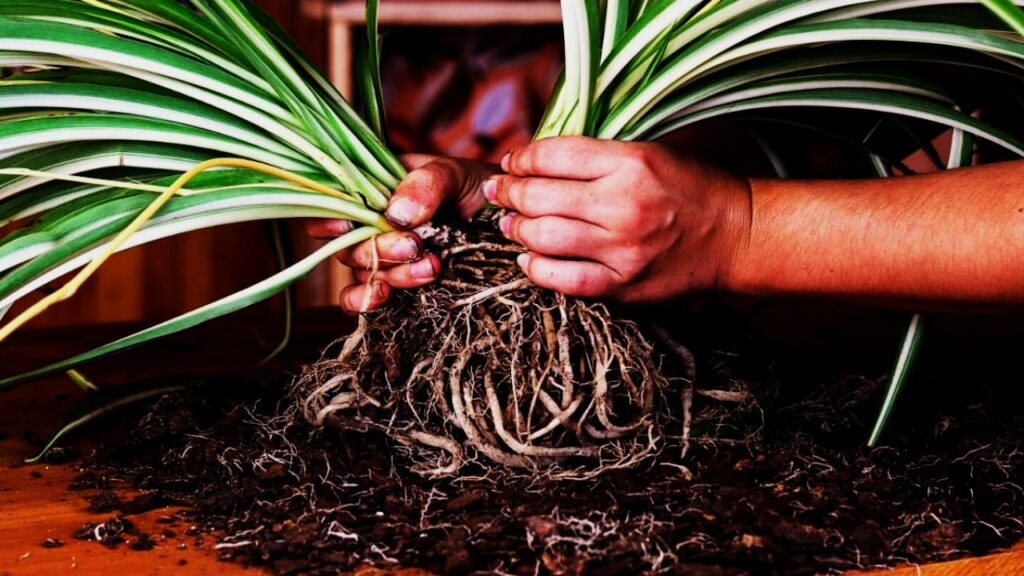
What Does Root-Bound Mean?
First off, being root-bound means the roots have filled up all the space inside the pot. You might see roots circling the pot’s edges or poking through drainage holes. This tight root system might look like a problem, but for many plants, it’s their comfort zone.
Root-bound plants often come from natural environments like rocky crevices or dense forests where root space is limited. These plants have evolved to deal with cramped roots without stressing out, which means a tight pot helps them conserve water, avoid root rot, and focus energy on blooming rather than endless root growth.
Why Do Some Plants Prefer Being Root-Bound?
- Prevents Overwatering: A snug root system limits excess soil, reducing the chances that the roots sit in soggy soil and rot.
- Encourages Blooming: Some plants bloom more when their roots feel a little cramped and have limited space to grow.
- Maintains Compact Shape: For plants like the Chinese Money Plant, being root-bound encourages wider, bushier growth rather than lanky stems.
- Stress Boosts Propagation: Plants like Spider Plants produce more baby plantlets when under mild root stress.
For these houseplants, a little root-bound stress isn’t a bad thing—it’s a growth hack Mother Nature designed.
12 Houseplants That Actually Love Being Root-Bound
1. Orchid Cactus (Epiphyllum oxypetalum)
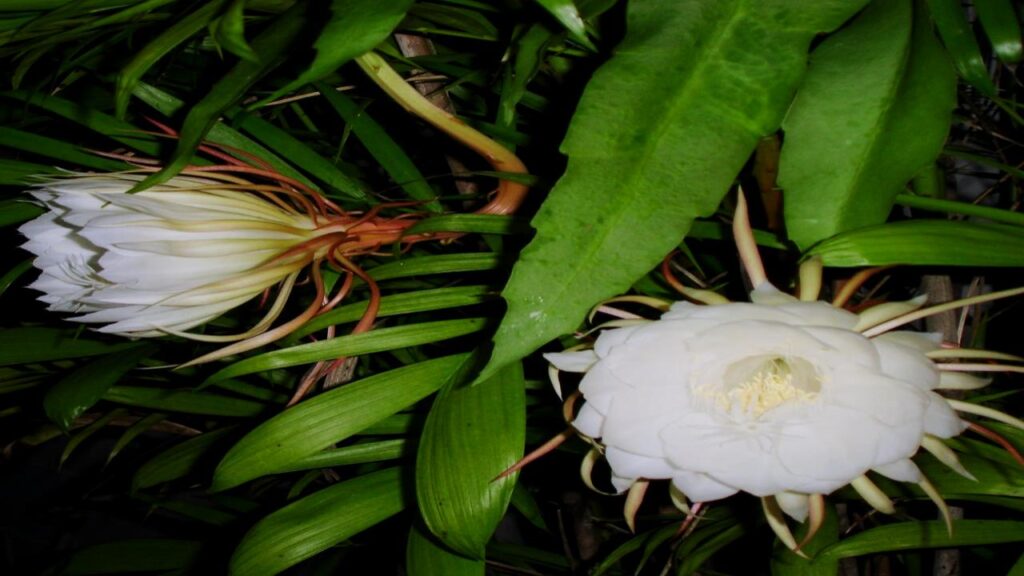
Orchid Cactus plants are showstoppers when it comes to blooms, and they tend to flower better when their roots are snug in the pot. Keeping the roots contained helps prevent overwatering, which is a big no-no for these beauties.
2. Hoya (Hoya spp.)

Known as the wax plant for its shiny leaves, Hoya is a slow-growing, drought-tolerant houseplant that prefers being a little root-bound. A tight pot reduces the risk of root rot and encourages those sweet clusters of star-shaped flowers.
3. Ripple Peperomia (Peperomia caperata)
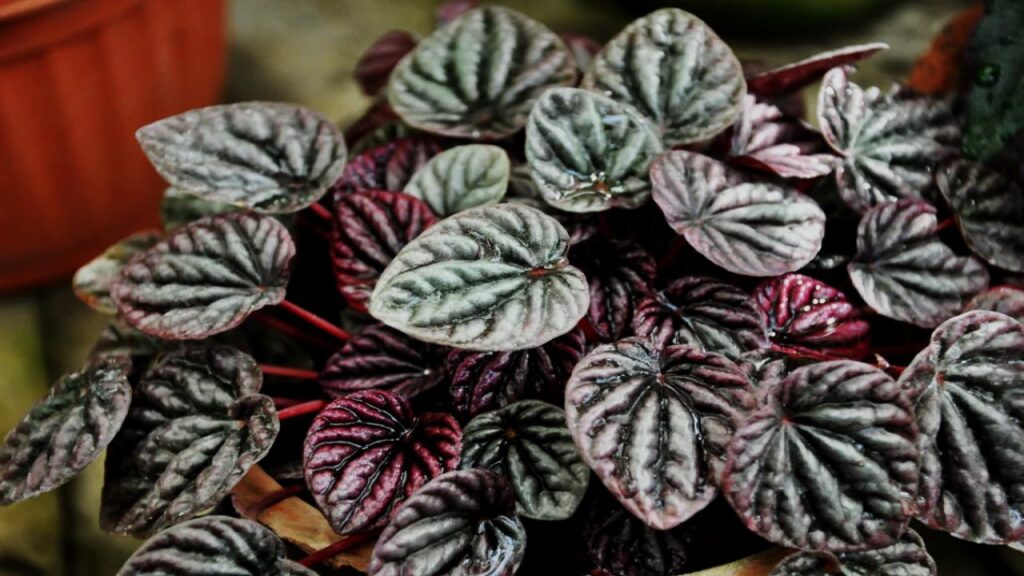
This compact plant focuses its energy on blooming when it’s slightly root-bound. Repotting too soon can redirect energy into root growth instead of making those adorable rippled leaves and flowers.
4. Aloe Vera
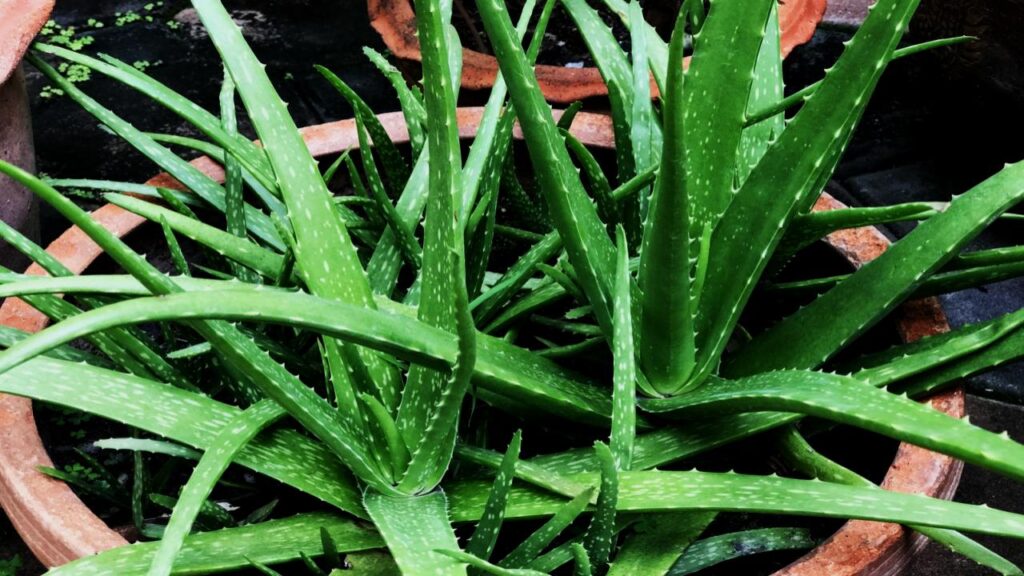
Aloe Vera’s succulent nature means it stores water in its leaves, allowing it to thrive in crowded root conditions. These plants can chill in the same pot for years without a fuss.
5. Chinese Money Plant (Pilea peperomioides)
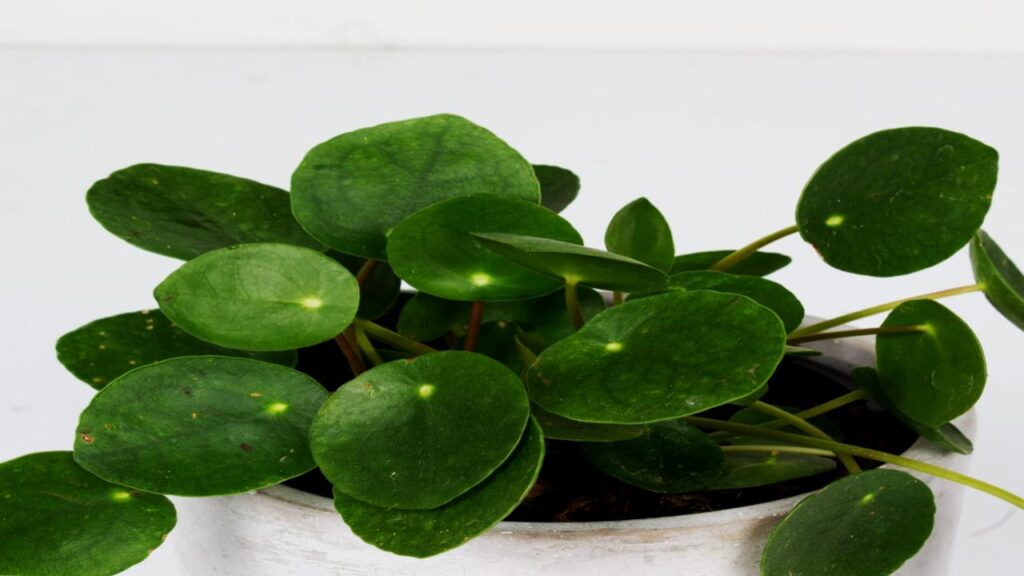
These trendy plants love being slightly root-bound, which encourages them to grow wider, maintaining their iconic round, pancake-shaped leaves instead of stretching tall and leggy.
6. Kalanchoe
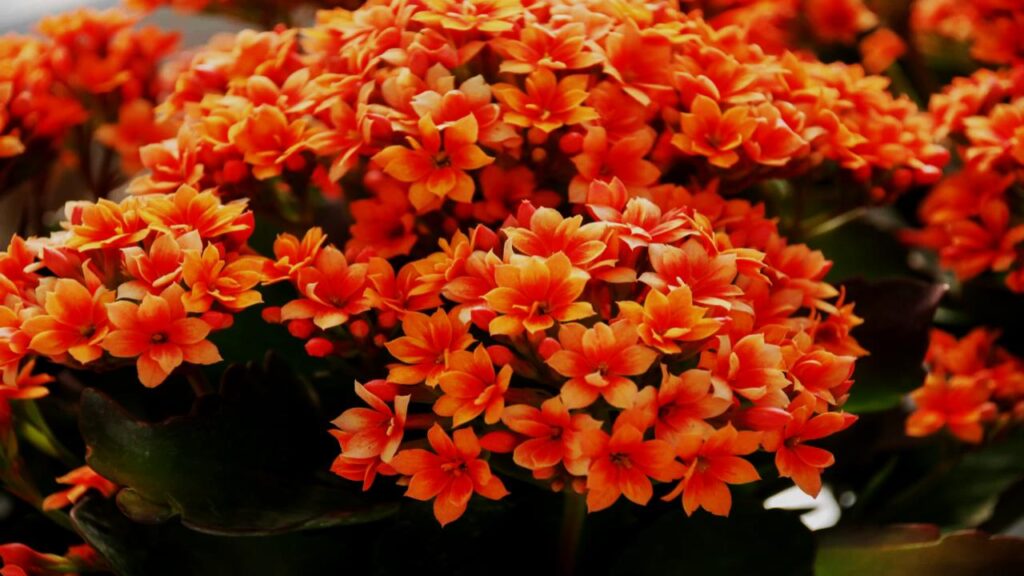
Another succulent superstar, Kalanchoe can stay root-bound for years. Repotting too early can stunt growth by damaging the roots.
7. Peace Lily (Spathiphyllum wallisii)

Peace Lilies thrive with a little root crowding, which actually promotes flowering and helps prevent root rot. They’re the chill plant you want in your living room.
8. Snake Plant (Dracaena spp.)
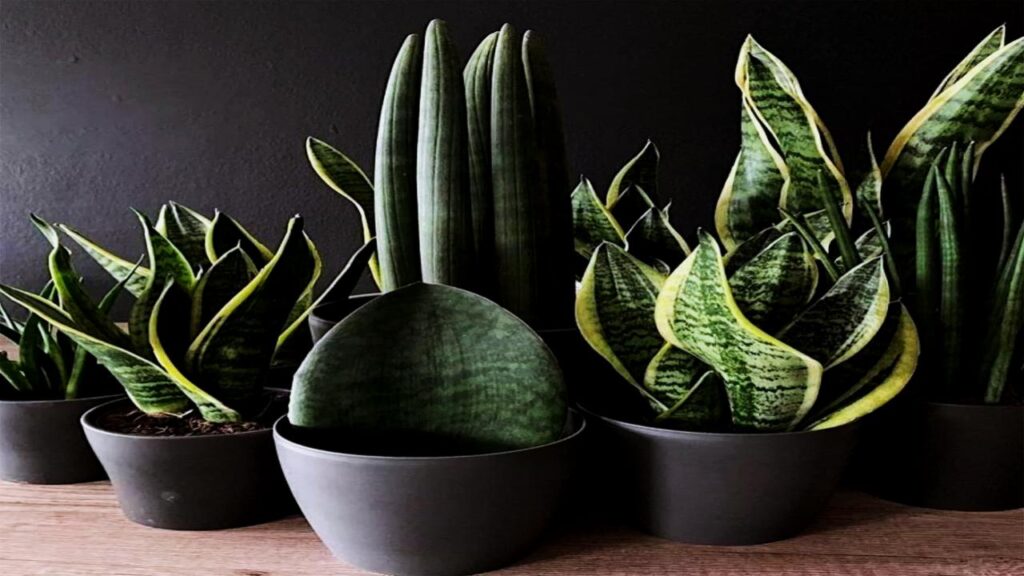
Snake Plants are tough cookies. They tolerate being root-bound to the point where they might crack their pots if left too long. Growth may slow, but these plants won’t complain much.
9. Spider Plant (Chlorophytum comosum)
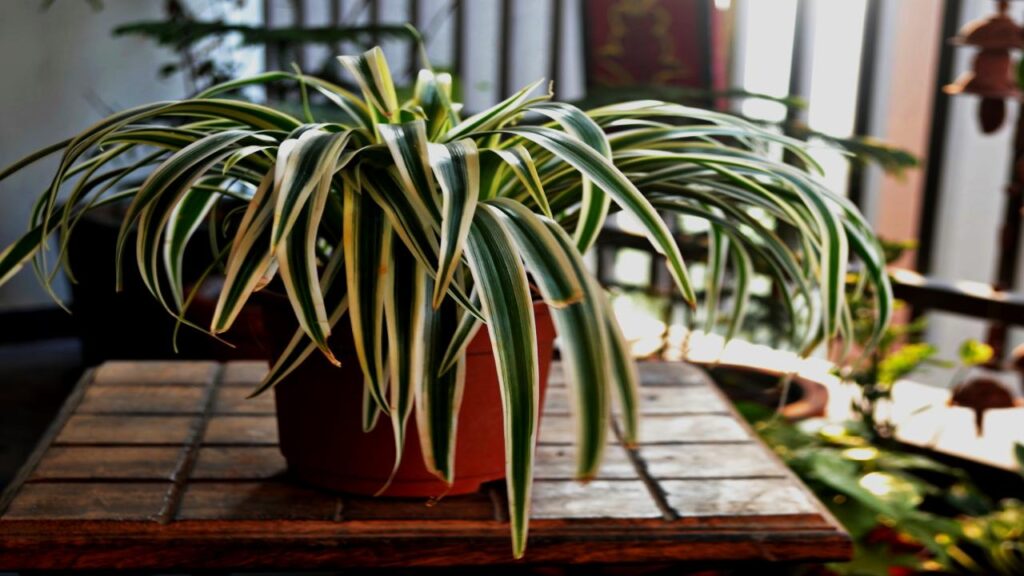
A little root stress encourages Spider Plants to produce more baby spiderettes, so if you’re after some freebies, root-binding might be your secret weapon.
10. Golden Pothos (Epipremnum aureum)
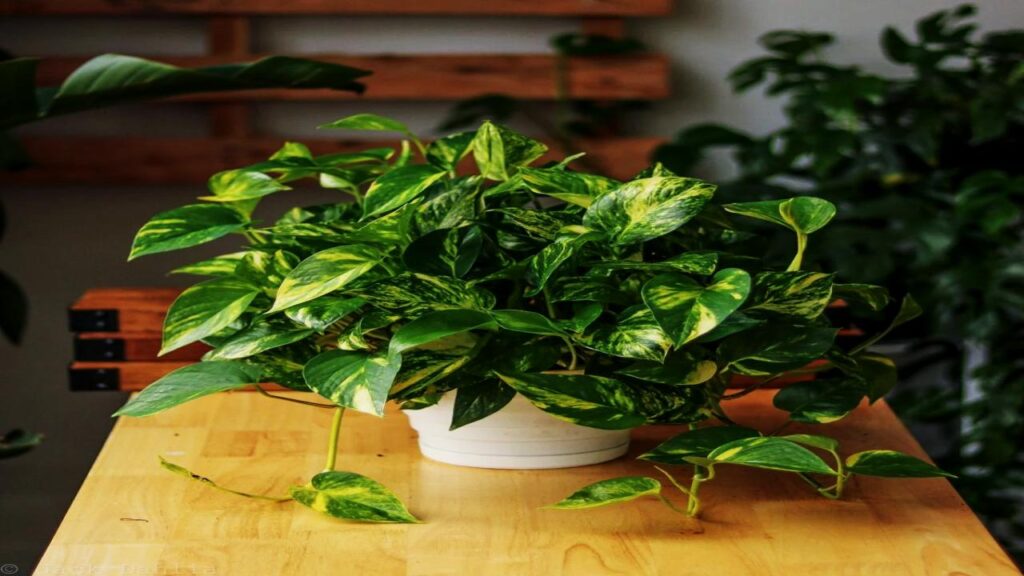
Golden Pothos is drought tolerant and loves its roots snug in hanging baskets. It’s low maintenance and loves being a bit root-bound.
11. Echeveria

This rosette-forming succulent has a small root system and is sensitive to overwatering. Being root-bound helps keep it dry and happy.
12. ZZ Plant (Zamioculcas zamiifolia)
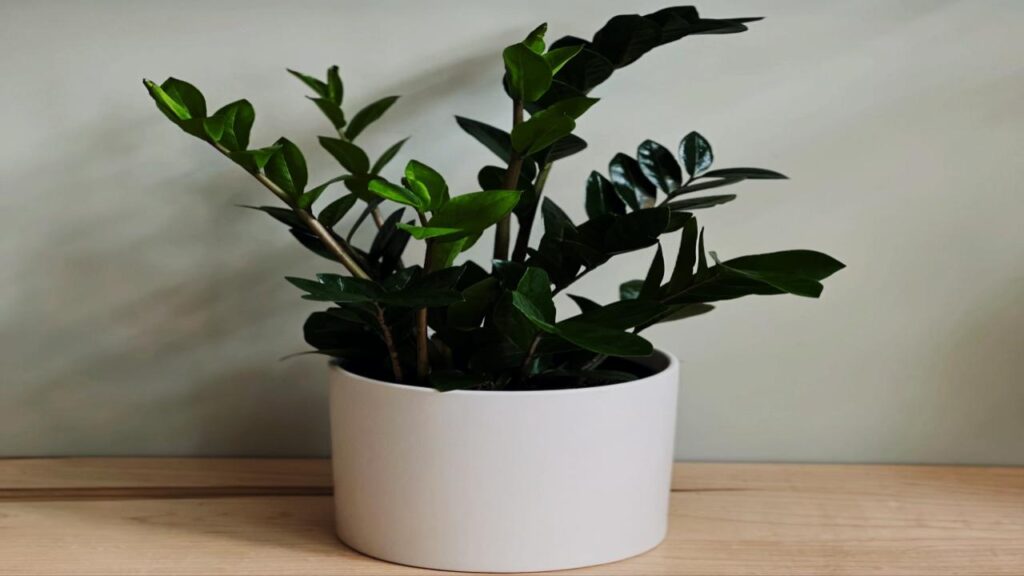
ZZ Plants are root-bound champs. They thrive in tight pots and can even survive long stretches without water, making them perfect for busy folks.
When Should You Repot Root-Bound Plants?
Even though these plants love being root-bound, there’s a point where it’s time to move on:
- Roots start poking out the drainage holes
- Soil dries out immediately after watering
- Plant growth slows or leaves start yellowing
When repotting, always pick a pot just 1-2 inches bigger in diameter to avoid stressing the plant. Use fresh, well-draining soil and make sure the new pot has good drainage.
Practical Tips to Care for Root-Bound Plants
- Water sparingly: Since root-bound plants are prone to dry soil, water only when the top inch of soil feels dry.
- Check for root health: Every year or so, gently check the root ball. Healthy roots are white and firm; brown or mushy roots indicate rot.
- Fertilize lightly: Because growth slows down, reduce fertilizer to prevent nutrient burn.
- Be patient: Don’t rush to repot just because the roots look crowded—these plants are fine and even happy that way!
Why This Matters to You
If you’re a plant parent worried about your root-bound beauties, it’s time to rethink your repotting schedule. Knowing which plants prefer to stay cozy in their pots can save you from stressing them out and possibly doing more harm than good.
Plus, for busy folks or those new to indoor gardening, having plants that tolerate being root-bound means less work and more enjoyment. You get to keep your greens lush and blooming without constant fuss.
